 Your new post is loading...
 Your new post is loading...
Infographic layouts refer to the arrangement of your visual elements and your content. When you begin working on a piece of infographic, you should have a story to tell hence, you will need to select a layout that best suits your story. Using the right layout will ensure good readability and convey your message well. We have put together a cheat sheet for your quick reference to the right arrangement to use, here are six common ones you can quickly work with....
Via Jeff Domansky, Kelly Pickering, Gust MEES, massimo facchinetti
We'll reach a new state of web skills when we reinvent technology tools to better enhance our personal learning. We'll be at 3.0 when schools are everywhere and not viewed as daycare.
Via Gust MEES

|
Rescooped by
Minerva Bueno
from QR-Code and its applications
April 3, 2013 4:12 AM
|
This free QR Code Generator creates QR Codes with logo-images. Generate your QR Code for urls, vcard, facebook, youtube and more. Download in print quality as PNG, SVG, PDF, EPS.
Via Gust MEES

|
Rescooped by
Minerva Bueno
from E-learning, Moodle y la web 2.0
December 5, 2012 7:19 AM
|
Wes Freyer's awesome interactive resource for product-based learning. ============================================= Gust MEES Great examples how one can use 21st Century tools in the classroom while every part is well described with "Definition", *Workflow", *Tools", "Workshop Description"... This is how it should be, take it as a very good practice example! ============================================= Read more, a MUST: http://maps.playingwithmedia.com/
Via Nesrin Ouis, juandoming, Gust MEES, Dr. Joan McGettigan, Digital Maverick, John Evans, THE OFFICIAL ANDREASCY, Jimun Gimm, Luis Miguel Claudio

|
Rescooped by
Minerva Bueno
from Education-andrah
October 4, 2012 8:49 PM
|
Good design is everywhere: on websites, in objects you use in your home, the car you drive every day. But often, design is missing from the modern classroom, and we think that’s a big mistake. Educators have a lot to learn from the principles of design, bringing strategic thought and creativity to today’s classrooms. Well-designed classrooms and educational plans can have a positive impact on educational outcomes, and it all starts with educators. Read on to find out about the 25 design principles that we think are important for educators to use and understand. Gust MEES: a MUST READ! Read more: http://edudemic.com/2012/08/the-25-secrets-to-design-every-teacher-should-know/
Via Gust MEES
”Learnist redefines social learning by creating a collaborative mobile experience that empowers any learner, consumer and teacher to easily create and curate media-rich content. With Learnist, we have designed interactive mash-ups in a mobile app that allows anyone to learn, share, and teach anytime and anywhere.” – Rusty Greiff, Chief Strategy & Development Officer, Grockit
Via Dr. Susan Bainbridge, Gust MEES
App Advisor helps safe-guard your personal data by telling you exactly which apps you should be cautious of, before they become a threat to your privacy. Gust MEES: use this free service and find out of your installed Apps are "privacy-friendly" or check new Apps before installing them! Privacy matters! Read more: http://apps.secure.me/
Via Gust MEES
The label of “21st Century learning” is vague, and is an idea that we here at TeachThought like to take a swing at as often as possible, including: –weighing the magic of technology with its incredible cost and complexity –underscoring the potential for well thought-out instructional design –considering the considerable potential of social media platforms against its apparent divergence from academic learning Some educators seek out the ideal of a 21st century learning environment constantly, while others prefer that we lose the phrase altogether, insisting that learning hasn’t changed, and good learning looks the same whether it’s the 12th or 21st century. At TeachThought, we tend towards the tech-infused model, but do spend time exploring the limits and challenges of technology, the impact of rapid technology change, and carefully considering important questions before diving in head-first. The following take on 21st century learning developed by TeachThought is notable here because of the absence of technology. There is very little about iPads, social media, 1:10 laptops, or other tech-implementation. In that way, it is closer to the “classic” approach to “good learning” than it is the full-on digital fare we often explore. The size of the circles on the map are intended to convey priority. 9 Characteristics Of 21st Century Learning... Read more: http://www.teachthought.com/learning/9-characteristics-of-21st-century-learning/
Via Gust MEES
|

|
Rescooped by
Minerva Bueno
from Eclectic Technology
December 1, 2013 11:25 AM
|
"Education sprouts in many forms depending on how you look at it. Our views of what it should look like and how it should materialize depend on our value of it and our experience with it... Take a tour of 50 different views of education that somehow find a similar note: Education must change."
Via Beth Dichter

|
Rescooped by
Minerva Bueno
from QR-Code and its applications
April 3, 2013 4:12 AM
|
There are so many tools that educators can use to get students interested and engaged in their work. Like most teachers today, I integrate technology into my instruction everyday. I'm lucky to work i
Via Gust MEES

|
Rescooped by
Minerva Bueno
from E-learning, Moodle y la web 2.0
December 5, 2012 7:23 AM
|
For those of you who are new to this blog and want to learn about how to use blogs in teaching
Via Luis Miguel Claudio

|
Rescooped by
Minerva Bueno
from Webb's Sites
October 5, 2012 7:19 AM
|

|
Rescooped by
Minerva Bueno
from Education-andrah
October 4, 2012 8:44 PM
|
It is that time of the year here. The end of year exams are looming for our year 12 students and some are looking for good ways to revise. and study. Here a mindmap tool for you to use or to teach to students
Via L2_S2S, Andrah
" A blended learning approach combines face to face classroom methods with computer-mediated activities to form an integrated instructional approach. In the past, digital materials have served in a supplementary role, helping to support face to face instruction.
For example, a blended approach to a traditional, face to face course might mean that the class meets once per week instead of the usual three-session format. Learning activities that otherwise would have taken place during classroom time can be moved online...."
Watch the video: http://www.educatorstechnology.com/2012/08/blended-learning-in-plain-english.html
Via Gust MEES
Education.com provides activities, worksheets, videos, expert advice and a school directory to give parents information and ideas to help kids reach their full potential and make learning fun.
Via Gust MEES
Data Privacy Day is an effort to empower people to protect their privacy and control their digital footprint and escalate the protection of privacy and data as everyone’s priority. In our online world, data is free flowing. All of us - from home computer users to the largest corporations - need to be aware of the personal and private data others have entrusted to us and remain vigilant and proactive about protecting it. Being a good digital citizen means being a good steward of data. Data Privacy Day is an effort to empower people to protect their privacy and control their digital footprint and escalate the protection of privacy and data as everyone’s priority. Read more: http://www.staysafeonline.org/data-privacy-day/about
Via Gust MEES
|



 Your new post is loading...
Your new post is loading...

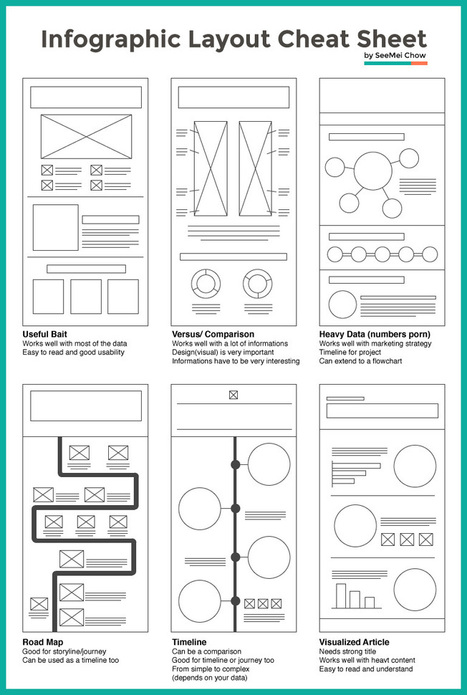

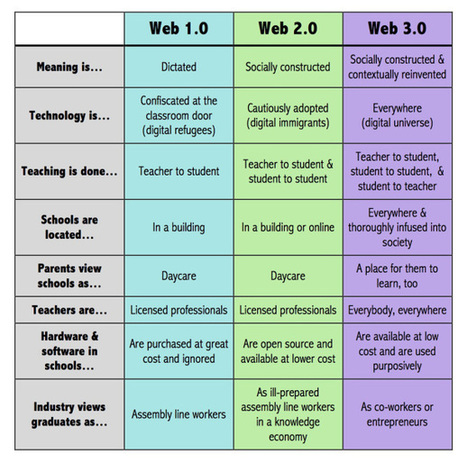



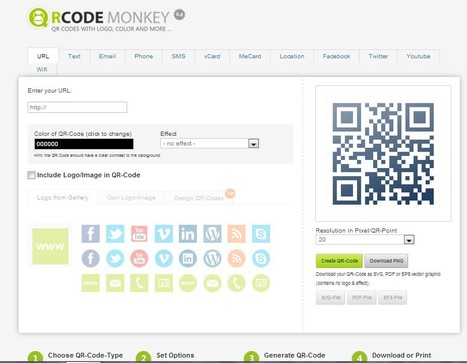










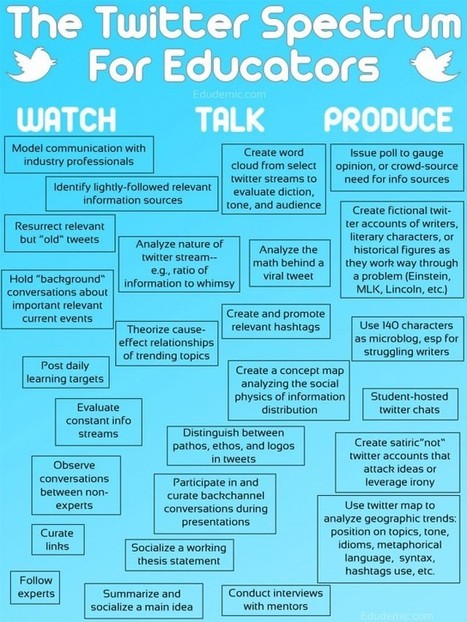



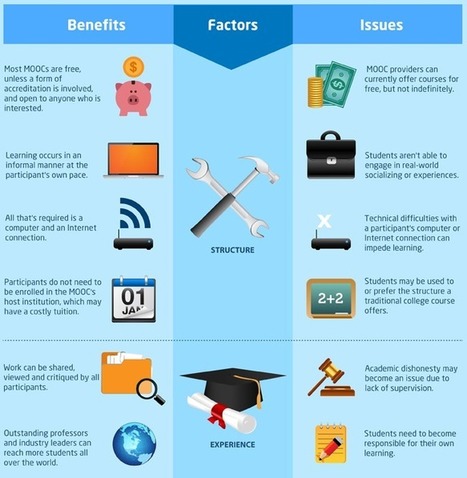
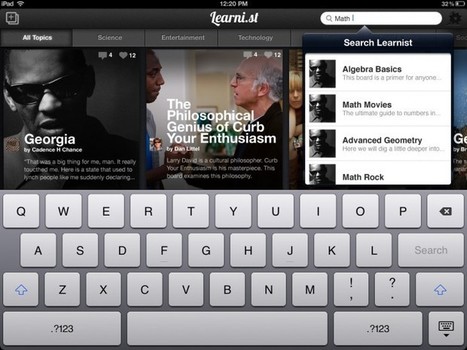
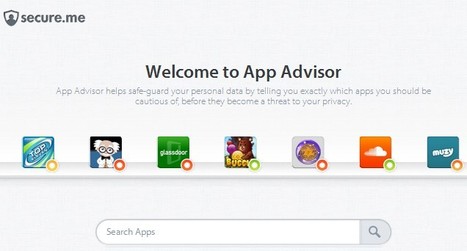


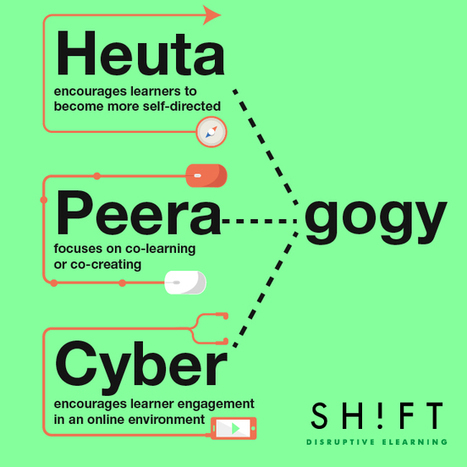



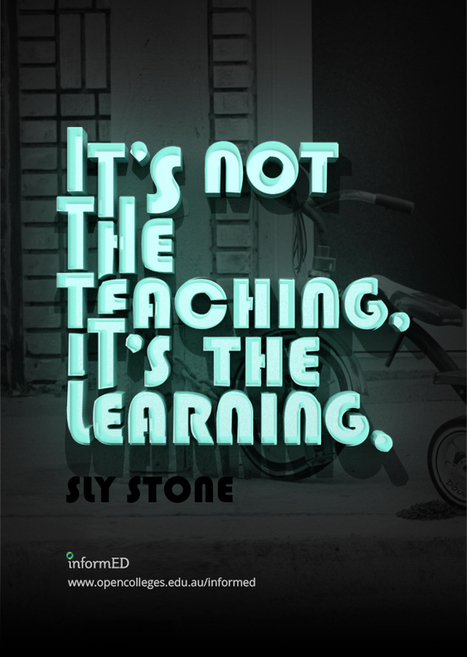


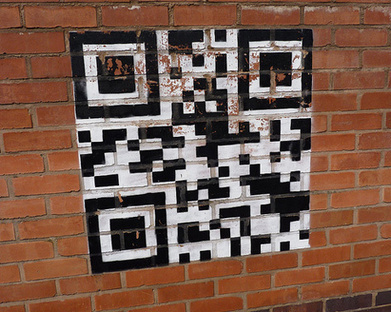


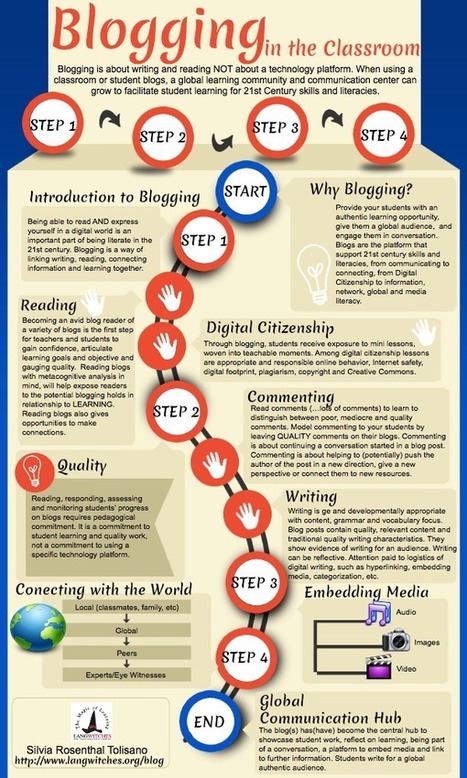

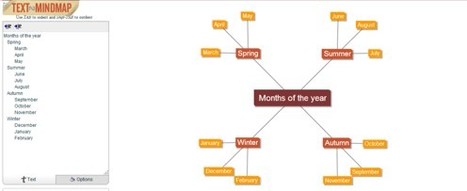
![Understanding Learning Analytics and Student Data [Infographic] | Al calor del Caribe | Scoop.it](https://img.scoop.it/yYMapZLMT6NQAyml4UpvxTl72eJkfbmt4t8yenImKBVvK0kTmF0xjctABnaLJIm9)
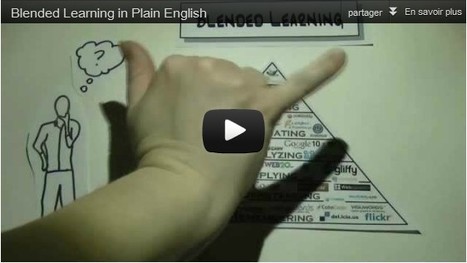
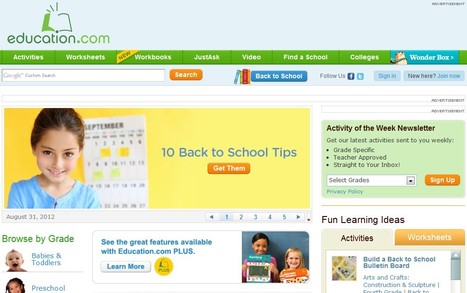
![The World of Massive Open Online Courses [Infographic] | Al calor del Caribe | Scoop.it](https://img.scoop.it/8dIjFDNUq66ee2s13fpaKTl72eJkfbmt4t8yenImKBVvK0kTmF0xjctABnaLJIm9)





Great document for building a good info graphic with a layout that is going to get the results you want.
This article helps you determine the best layout for the type of infographic you may be creating.
This is a great tool to share with my seminar teachers whose final project for the year is an infographic.